Summary
The reservoir is stocked with various fish species, including rainbow trout, brown trout, and smallmouth bass. Fishing at this location is best during the summer months, when the water is warmer and fish are more active.
There are several nearby activities to enjoy, including hiking, camping, and boating. The reservoir has a boat ramp for easy access to the water. It is also a popular spot for birdwatching, as many species of birds can be spotted around the reservoir.
When fishing at Wrigley Reservoir, it is important to use small lures and light tackle for best results. The best time to fish is early in the morning or late in the evening when the fish are most active. It is also recommended to fish around the inlet and outlet areas of the reservoir for the best chance of catching fish.
The average temperature during the summer months ranges from 80-90°F, making it a comfortable time to visit. Overall, Wrigley Reservoir Fishing Site is a great fishing destination with a variety of fish species to catch and many activities to enjoy.
Weather Forecast
Nearby Streamflow Levels
Angling Safety Guidelines
Check local fishing rules, seasons, size limits, and license requirements to ensure legal and sustainable angling.
Handle Fish Responsibly
Use wet hands, minimize air exposure, and release fish gently to improve survival rates when practicing catch-and-release.
Choose the Right Gear
Match your rod, line, and tackle to the species and conditions to increase success and reduce unnecessary harm to fish.
Respect the Waterway
Avoid disturbing habitat, prevent bank erosion, and keep a safe distance from spawning areas to protect ecosystems.
Keep It Clean
Pack out all line, hooks, bait containers, and trash—discarded gear can injure wildlife and degrade waterways.

 Ferron Reservoir
Ferron Reservoir
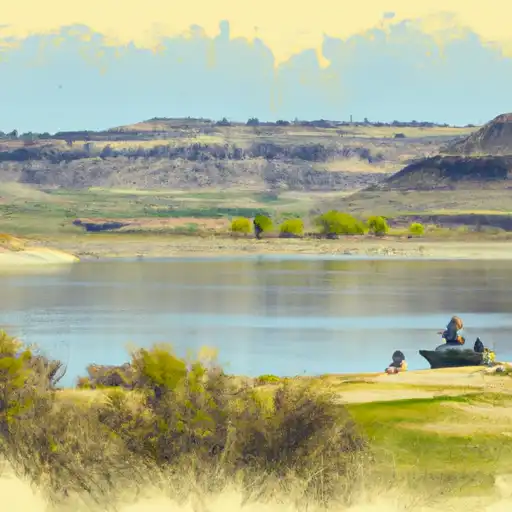 Emery Reservoir
Emery Reservoir
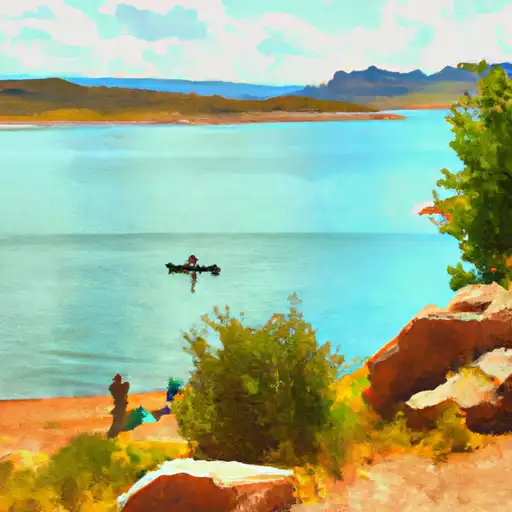 Duck Fork Reservoir
Duck Fork Reservoir
 Duck Fork Fishing Site
Duck Fork Fishing Site
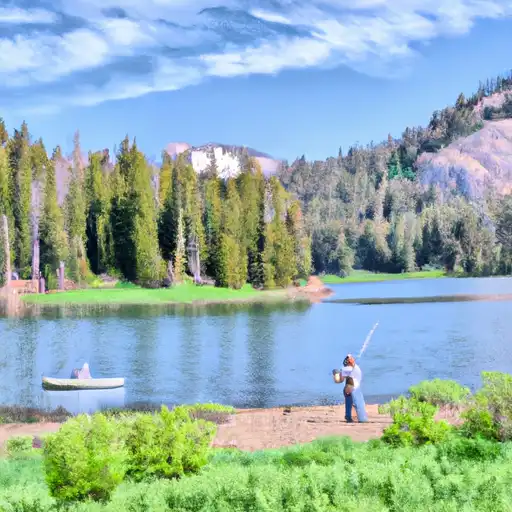 Emerald Lake
Emerald Lake
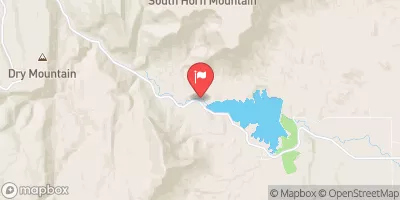





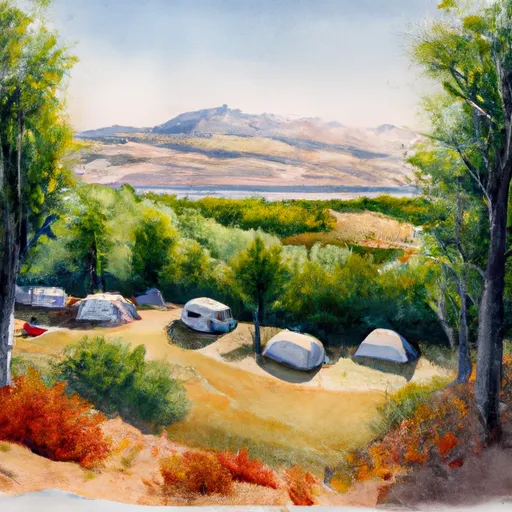 Willow Lake Campground
Willow Lake Campground
 Willow Lake Fishing/Camping Area
Willow Lake Fishing/Camping Area
 Millsite State Park
Millsite State Park
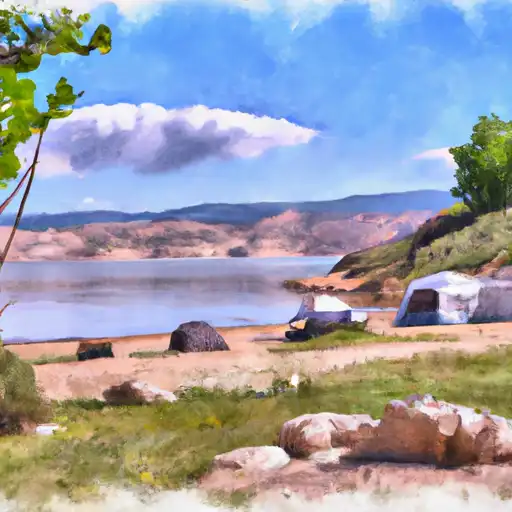 Ferron Reservoir
Ferron Reservoir
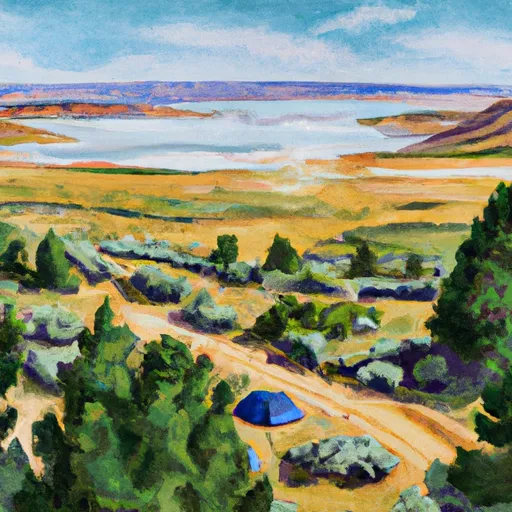 Ferron Reservoir Campground
Ferron Reservoir Campground
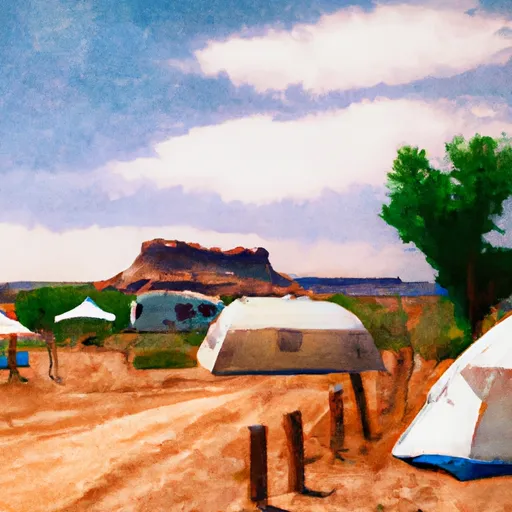 Indian Creek Guard Station
Indian Creek Guard Station
 Wrigley Springs
Wrigley Springs